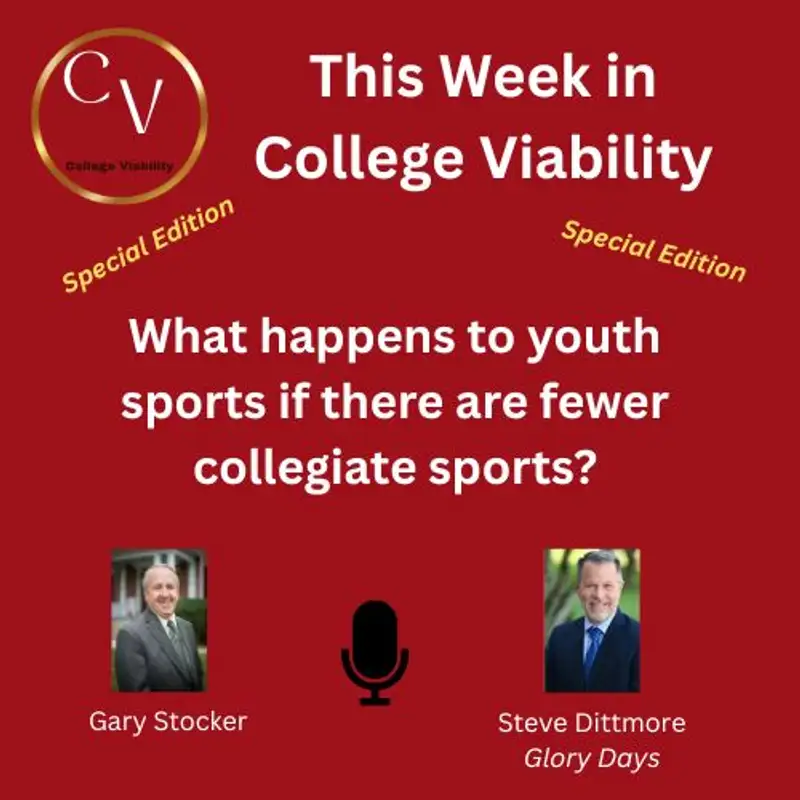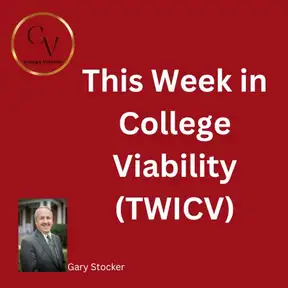
This Week In College Viability (TWICV) Special episode: Steve Dittmore from Glory Days Substack
In my many years on this earth, I have coached youth sports, served as a basketball referee and baseball umpire for many of those years.
As I watch the NIL and transfer portal news, I have been pondering the medium and longer-term fate of the youth sports industry.
Steve Dittmore caught my attention recently with his 'Glory Days' Substack site. I reached out to him and what resulted is a novel look at college sports and some informed speculation on its impact on the youth sports industry.
Here are some of the questions I asked Steve.
- When we first chatted, you shared that the US has an education-based model for training Olympics athletes. Your point was that colleges subsidize Olympic athletes. As you have also shared, other nations have dedicated Olympics sports organizations. How reasonable is it that dedicated sports organizations end up replacing the education-based model in our country?
- You have suggested that a college with a student-athlete rate of 44% or higher is financially risky. What is the story behind that 44% number?
- Talk about your Substack site. What are your reasons for posting and hosting that site?
- One of the many interesting thoughts that came out of our first discussion was about a scenario where the Power 4 football leaves the NCAA. Share your thoughts on what could happen to non-Power 4 sports and the Olympic sports at Power 4 conferences.
- My fascination with all of the NIL and House settlement changes is their down-the-road impact on youth sports. I have been intimately involved in youth sports for decades - as a coach, basketball referee, and baseball umpire. I watched many parents invest considerable sums in youth sports teams. In almost all cases, my perception was this was in investment that would be returned with a college scholarship. As you and I know, that scenario is successful for only a few.
There is a massive market for youth sports that includes coaching, training, and community investments in youth sports (defined as 10–18-year-olds) facilities. If colleges end up cutting back on sports for financial reasons, speculate for us what impact that might have on the youth sports industry. - Finally, I want to talk about a model of single-sport conferences. We talked previously about some of the ugly travel for college sports teams. A single-sport conference would be more geographically concise. Talk us through the benefits and drawbacks of that model.
